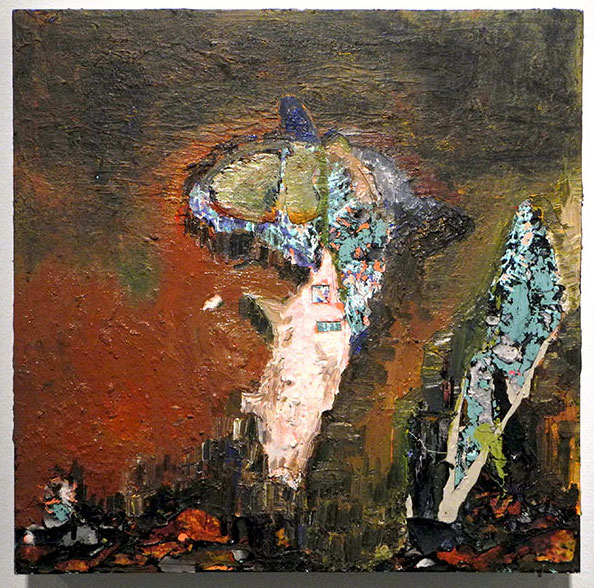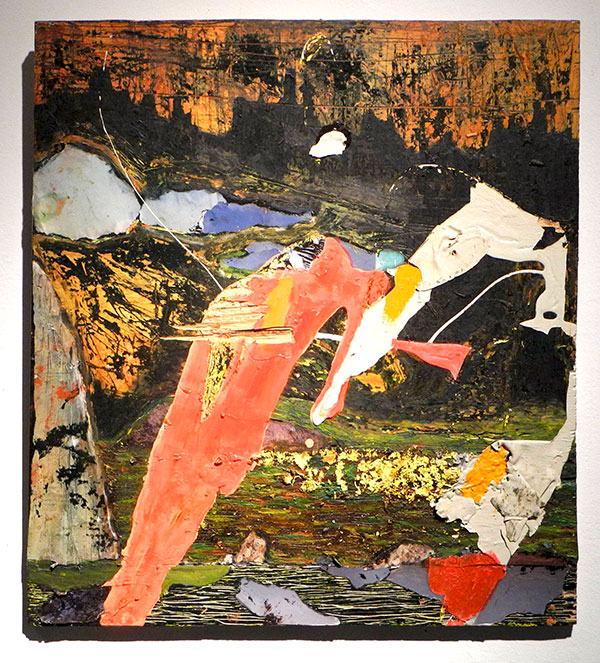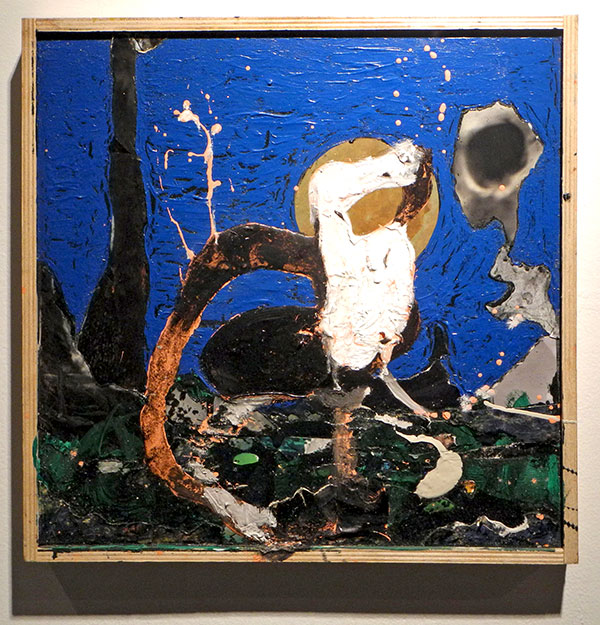
Yesterday we visited the first part of the third and final stage of New York City's richest park, the High Line. We went with a Berlin friend who is visiting New York to attend a tech design conference and was very eager to see it. In fact, I think it was the only thing he had mentioned when we asked what he would like to do while here. Berlin has an enormous amount of green space, and Nico, who has been to New York before, knows the poverty of our own.
There was a light drizzle all afternoon, which may explain my reluctance to capture more images than that of this faux-naturalistic arrangement of wild flowers somewhere above the tracks.
I generally love the rain, so the dampness probably can't explain my mild melancholy as we traced our path north above our neighborhood, starting at the 18th Street stairs. The number of new high-rise luxury apartments (they're always 'luxury apartments', aren't they?) which continue to spring up barely a few feet away from the re-conceived elevated garden path has always depressed me. Even before spotting the latest crop yesterday I had wondered, and only half in jest, when we would reach the critical mass which would block the sun altogether, preventing anything, even its iconic weeds, from surviving on what the New York Times calls "the cherished cause of Western Manhattanites".
Then I saw, straight ahead, the wall of the enormous under-construction high-rise which looms above the park exactly where it abruptly turns toward west, at 30th Street. We turned and walked toward the Hudson River, soon clearing its mass. The view was then completely open in that direction, as well as north to 34th Street and the Javits Convention Center, and even far to the east (especially once we arrived where the section curves to the north), above what had once been the West Side Yard. Open, that is, for now. Parts of the yards have already been covered in steel and concrete, in anticipation of the Hudson Yards Redevelopment Project, an enormous corporate investment for 'developing' the former rail yards with high rises. Some of the buildings planned will apparently rival the height of the Empire State Building, already beginning to take a back seat to the developments on 57th Street.
The platform of the Hudson Yards Project will be at the same height as our much-vaunted 'aerial greenway', and the new buildings will actually present the only views available from this third section of the park - except for the window to the west, toward the Hudson, between 30th and 34th streets (the proximity of the West Wide Highway and Hudson River Park would seem to ensure that view at least remains).
The best part about the new section? I would say it's the fact that, in its more natural-looking state, it really is, more than the first two sections do, a bit more like what attracted people to the abandoned West Side Line in the first place.
The worst part? The certain knowledge that much of what makes it special now will be reduced, co-opted by the capitalist greed which cynically adopted the park in the end.
Also, for me this paragraph is probably the brightest section of the Times story linked in the third paragraph above [neither the Mayor nor his parks commissioner attended last month's formal opening of the section]:
Mr. de Blasio, a Brooklynite who prefers the scruffier fields of Prospect Park, is less focused on forging new urban green space than on reviving old ones. He has called for wealthy private conservancies -- similar to the one that oversees the High Line -- to share financial resources with impoverished parks around the city.



